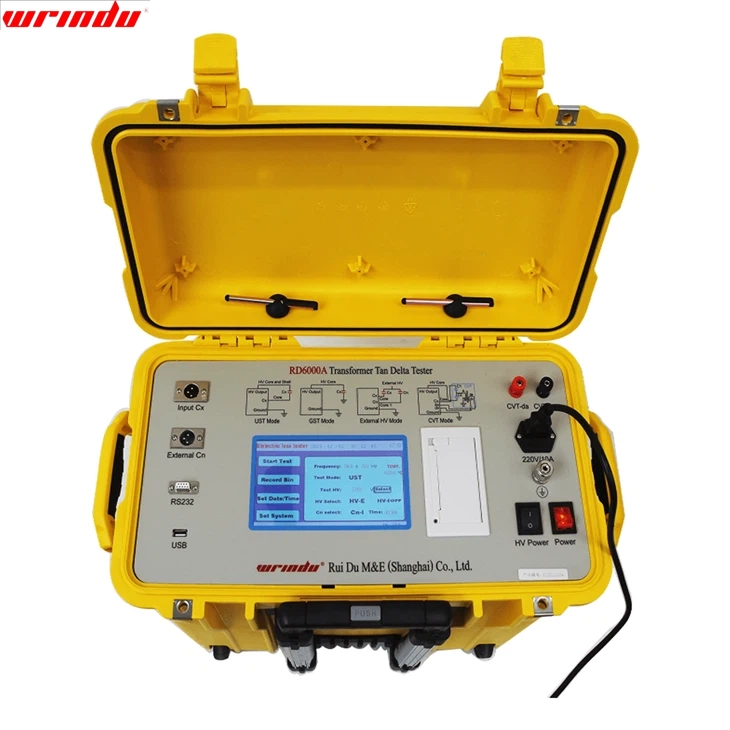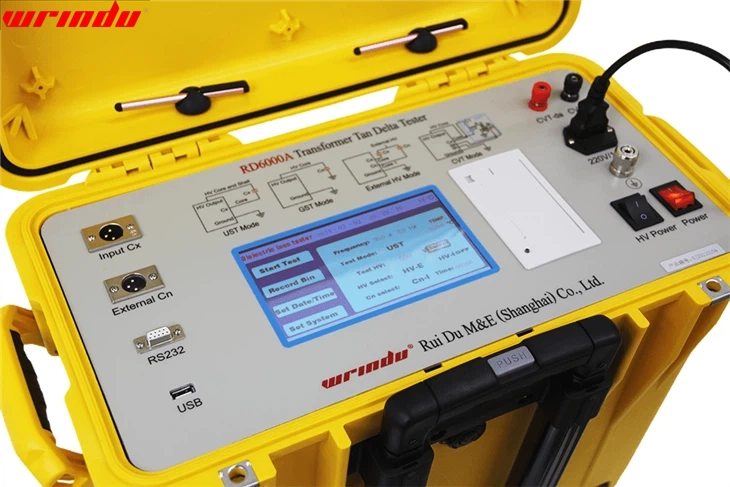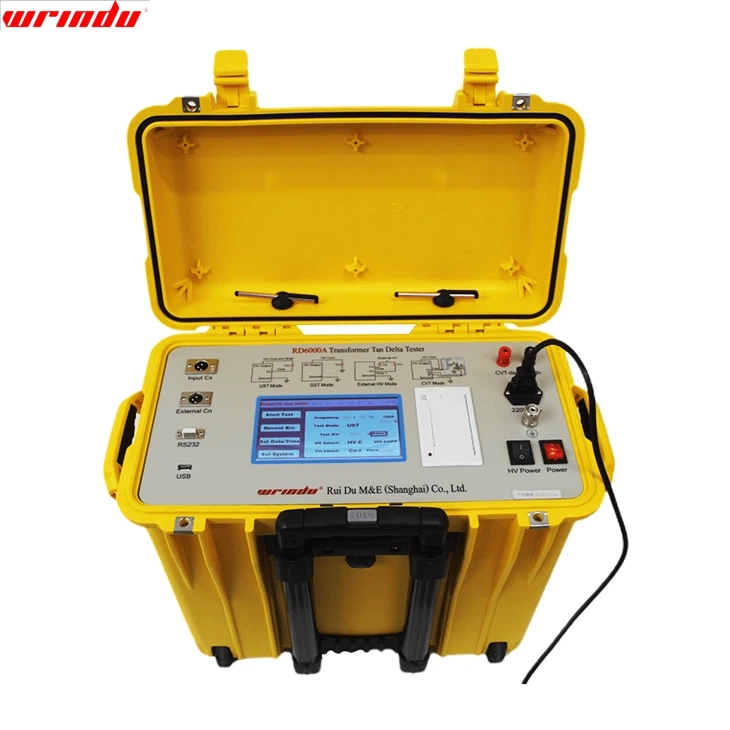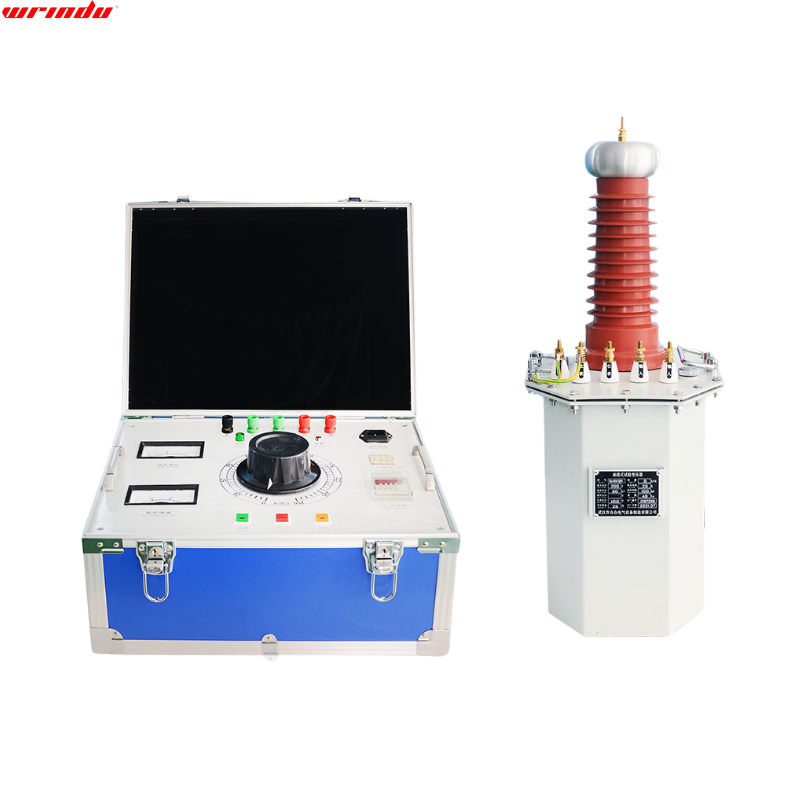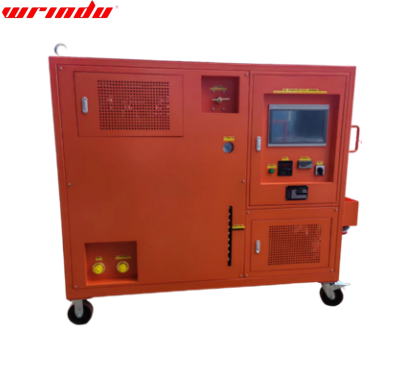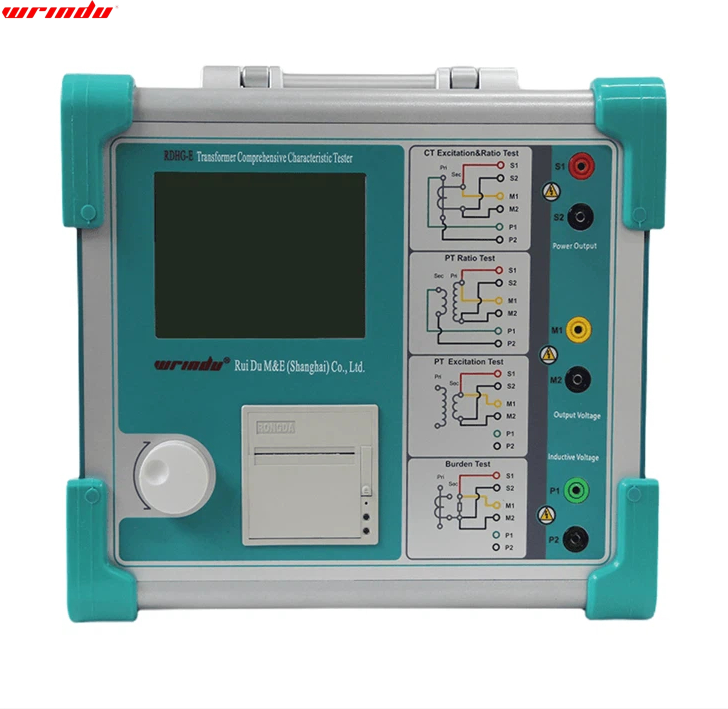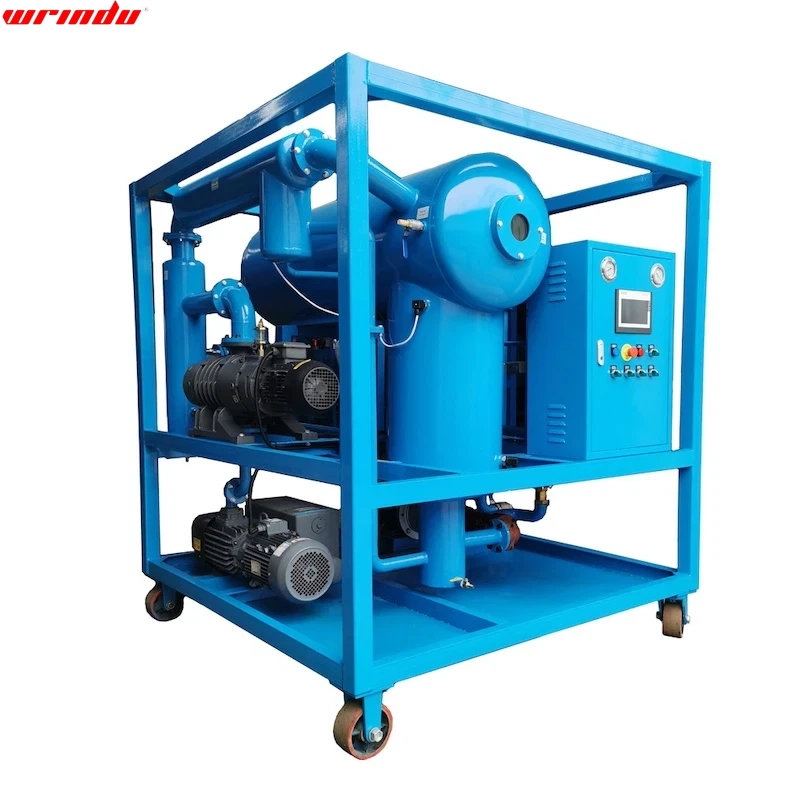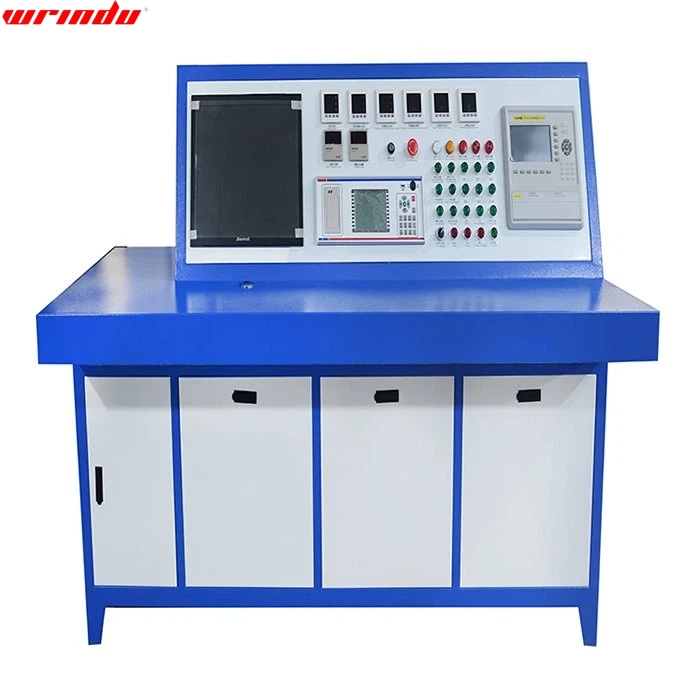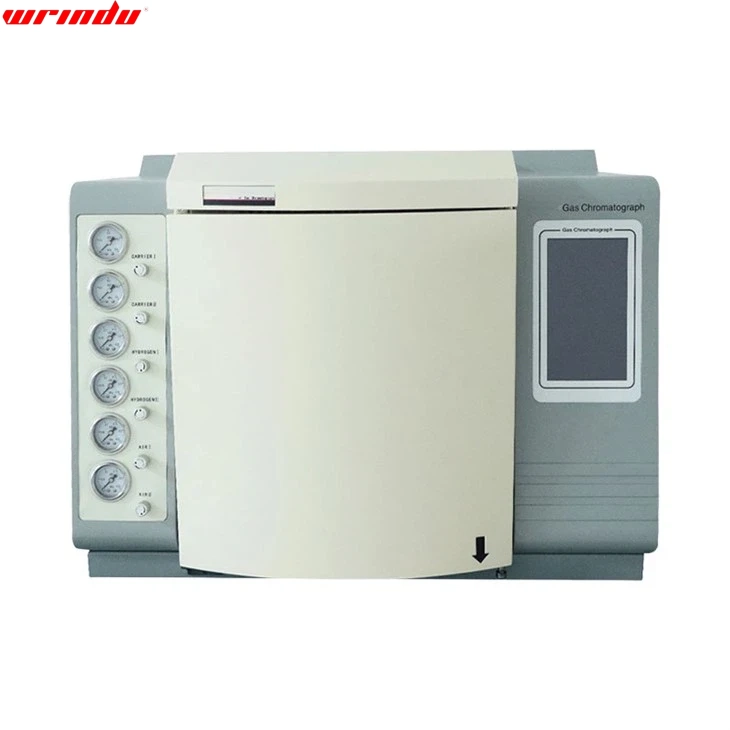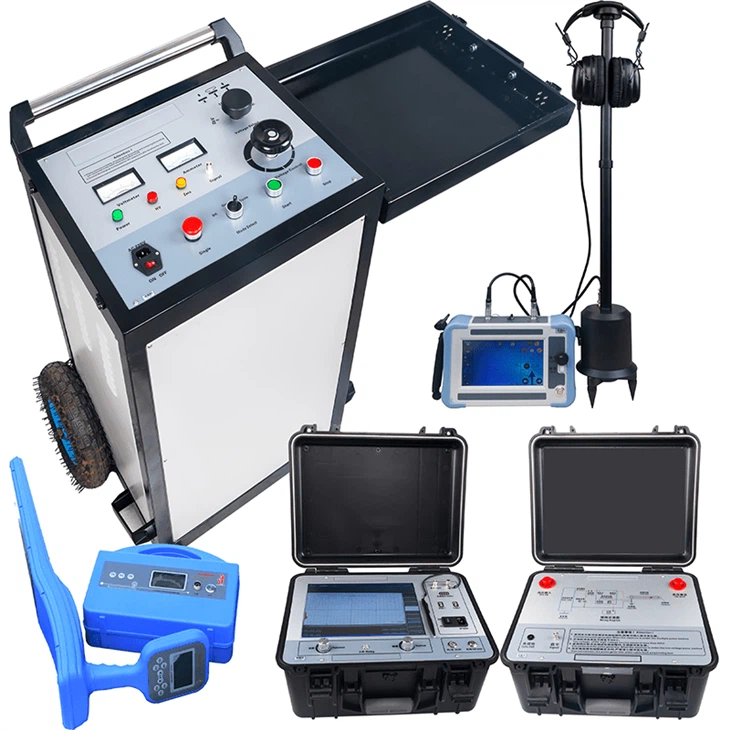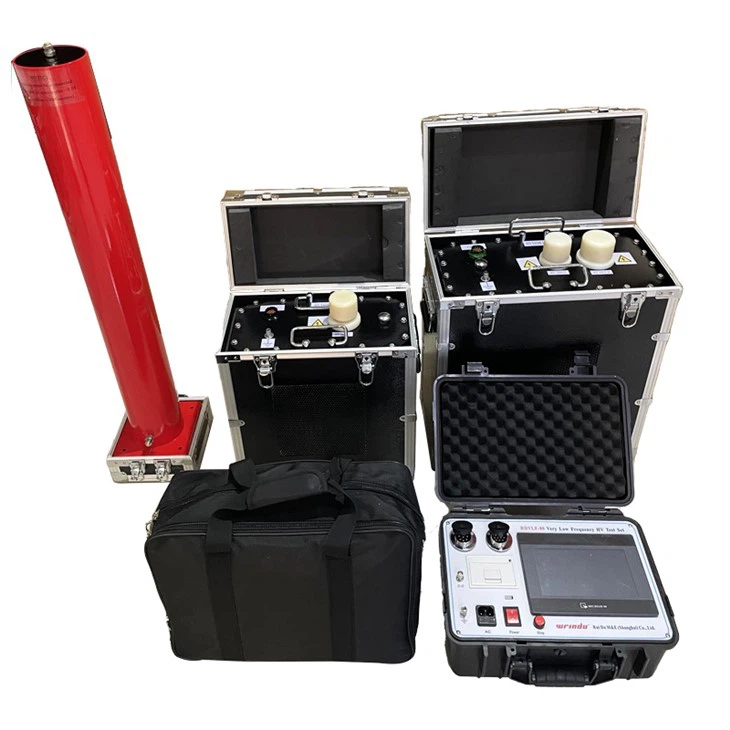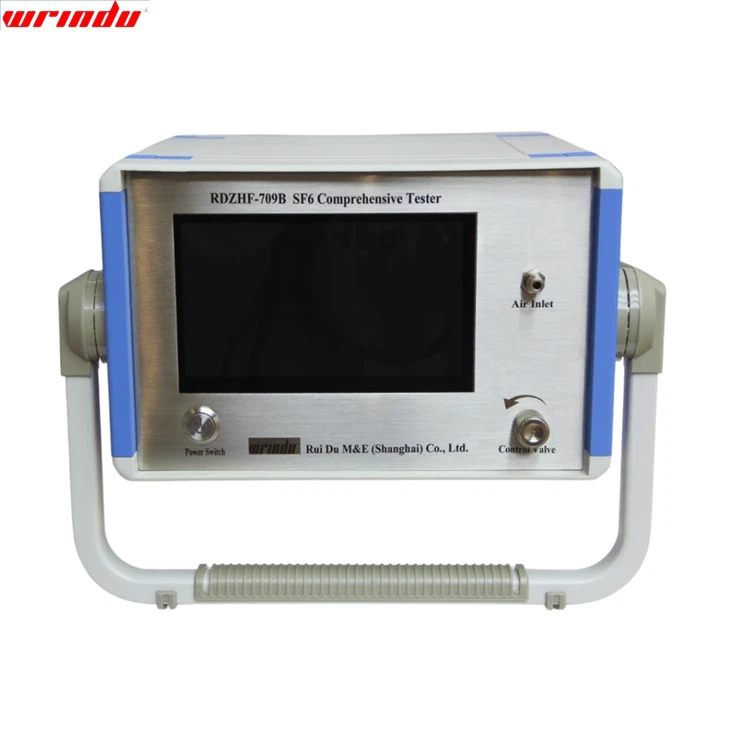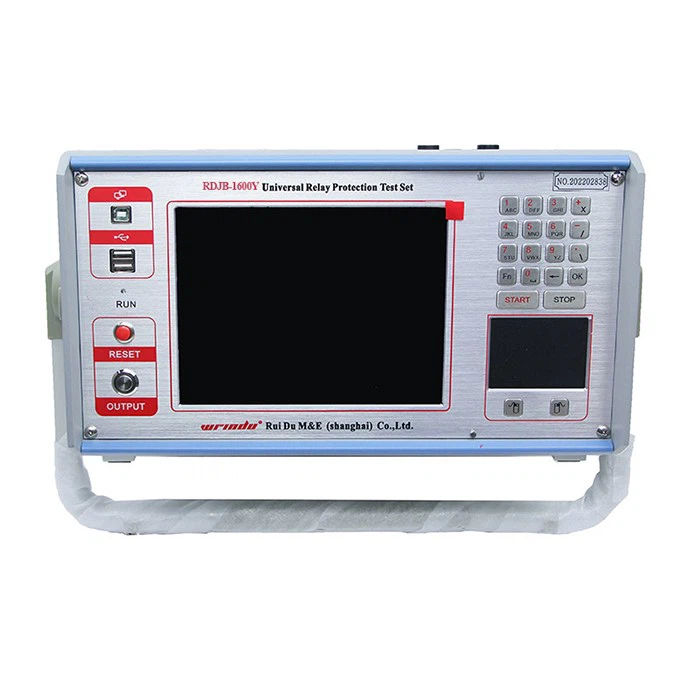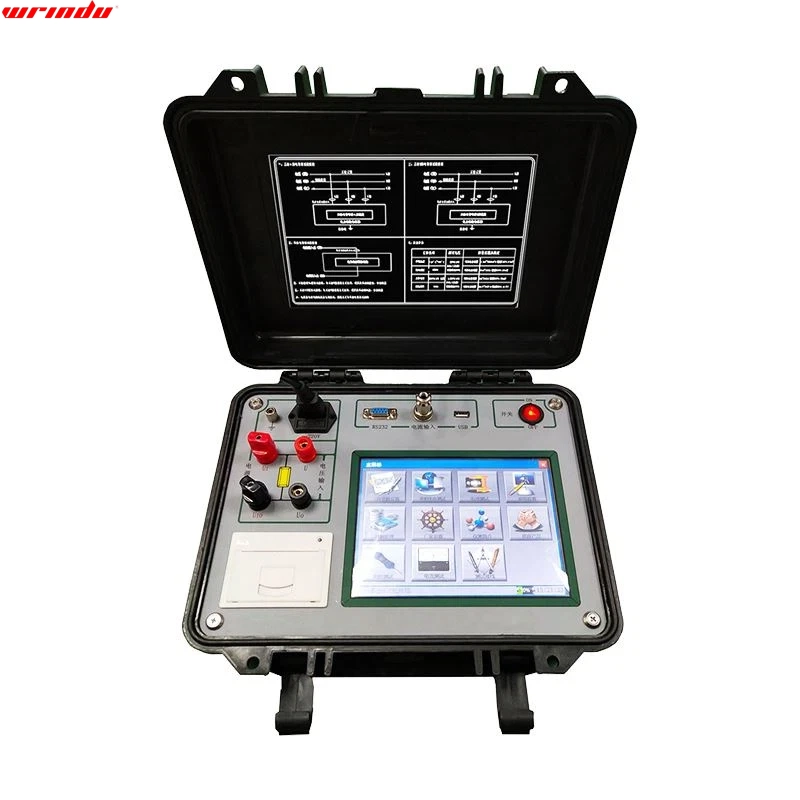OVERVIEW
Dielectric loss measurement, as an essential method of insulation testing, effectively detects the overall moisture, deterioration, ageing, and local defects of the insulation of electrical equipment and is widely used in the manufacturing process, installation stage, handover test process, and preventive maintenance of electrical equipment. For example, for transformers, inductors, reactors, capacitors, bushings surge arresters, and other equipment, the key to assessing its insulation performance lies in the dielectric loss measurement. Our tan delta test set breaks through the traditional bridge measurement mode, the advanced inverter power supply technology, microcontroller, and modern electronic technology fusion reaching the frequency of automatic switching, analogue and digital data conversion, and efficient data processing process. It has strong anti-interference performance, fast test speed, and high measurement accuracy, with fully automatic digital operation mode, and is easy to start. Its power supply system utilizes a high-power switching power supply, capable of outputting pure sinusoidal voltages of 45Hz and 55Hz, supporting the automatic boost function with a voltage limit of 10kV, and automatically shielding 50Hz interference signals. This Wrindu tester is especially suitable for substations where the electromagnetic interference environment is complicated. In the electric power industry, it is a reliable insulation performance testing tool for the dielectric loss measurement of transformers, transformers, bushings, capacitors, surge arresters, and other equipment, with a wide range of applications.
CHARACTERISTIC
- 1. The instrument adopts Fourier transform digital filtering technology to accurately measure capacitance, dielectric loss, and other parameters. The test results are highly accurate, making it easy to realize automated measurement.
- 2. It adopts frequency conversion technology to eliminate the field 50Hz industrial frequency interference, even in a strong electromagnetic interference environment, and can also obtain reliable measurement data. 3. The instrument adopts a large full-touch LCD, which makes it easy to realize automatic measurements.
- 3. Use a full-touch sizeable liquid crystal display, which is simple and intuitive. The full-touch LCD provides a large, entire graphical operation interface, and each step is evident so that the operator can use it without additional professional training. Measurement as the whole process can be completed with a single touch.
- 4. Built-in calendar chip and large-capacity memory can save the test results, view the history anytime, and support printouts. The current and stored times can be displayed and printed at any time.
- 5. Scientific and advanced data management: Instrument data can be exported via a U disk, and special software on any PC can view and manage it.
- 6. The tan delta test set is easy to operate, and a microprocessor controls the measurement process. Select the appropriate measurement method, and the data measurement can be automatically completed under microprocessor control.
- 7. The integrated design, built-in standard capacitors, and high-voltage power supply make it easy to field test and reduce the field wiring work.
- 8. The reverse connection low-voltage shielding function can be used in 220kV CVT bus grounding conditions, C11, without removing the line 10kV reverse connection dielectric loss measurement.
- 9. Able to carry out AC withstand voltage test, suitable for PT and CT secondary AC withstand voltage test, as well as 400V low voltage system withstand voltage test.
- 10. able to identify the external high-voltage power supply frequency (40Hz~70Hz), allowing industrial frequency or series resonance power supply for high-capacity high-voltage dielectric loss test.
- 11. with the CVT test function, one can realize the self-excitation method of the CVT test and set high voltage/current, low voltage/current, and four protection limits to ensure personal and equipment safety.
- 12. When testing CVT, it can automatically test the capacitance value and dielectric loss value of C1 and C2 and the total capacitance and dielectric loss value of CVT equipment.
- 13. Equipped with a thermal printer, which can print out the test results, and with a calendar clock function, which is convenient for users to issue test reports. Support U disk output data. 14.
- 14. With the grounding protection function, when the tan delta test set is not grounded or has poor grounding, it does not enter the regular program or output high voltage. The over-current protection function can protect the instrument from damage when the specimen is short-circuited or broken. 15.
- 15. With the electric shock protection function, when the operator is accidentally electrocuted, the instrument immediately cuts off the high voltage to protect the safety of the test personnel.
For more information about pressure-resistant equipment, please click More.
To request the latest quotes, please click Contact Us.
FAQ
Q: What is the acceptable limit of the tan delta test?
A: Acceptable limits for tan delta testing vary based on application, equipment type, and industry standards. Specific numerical ranges, such as below 0.1, may be outlined in standards or manufacturer recommendations. To determine acceptable limits, consult relevant standards and documentation from the manufacturer.
Q: What should the value of the tan delta test be?
A: Tan delta’s acceptable value in testing varies based on application, equipment type, and industry standards. Lower values indicate better insulation and reduced losses. Specific thresholds differ; for instance, below 0.1 might be acceptable in some cases. Criteria depend on the application and standards, so reference guidelines for assessment.
Q: What is meant by the dissipation factor?
A: The dissipation factor, denoted as tan delta (tanδ), is a dimensionless parameter expressed by the ratio of the resistive component (R) to the capacitive component (C) in the impedance (Z) of an electrical system. Mathematically, it is given by tanδ=R/C. This ratio reflects the system’s efficiency in storing and releasing electrical energy, with a lower tan delta indicating superior insulation quality and reduced losses.
Q: How do you measure the dissipation factor?
A: To measure the dissipation factor (tan delta):
1. Setup:
-Apply AC voltage to the insulation.
-Measure current (I) and voltage (V).
2. Calculate Phase Angle (δ):
-Determine the phase angle (δ) using the arctangent.
3. Calculate Dissipation Factor (tanδ):
-Use the tangent: tanδ= sinδ/cosδ.
4. Interpretation:
-Lower tan delta suggests better insulation.
-Compare with defined limits.
This process uses specialized tan delta test sets to evaluate electrical device insulation.




